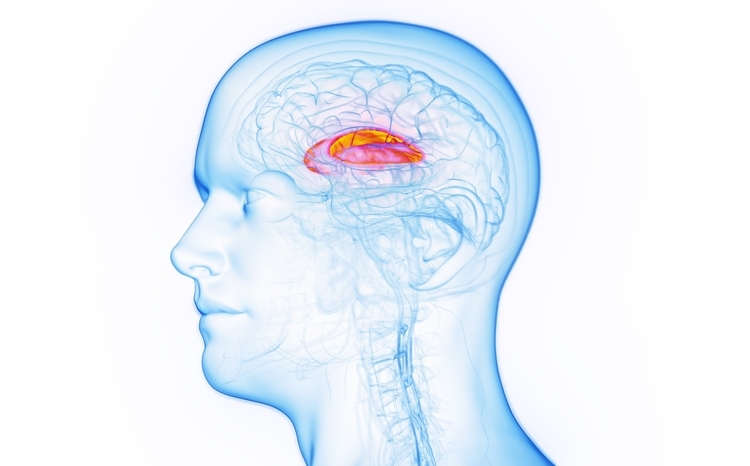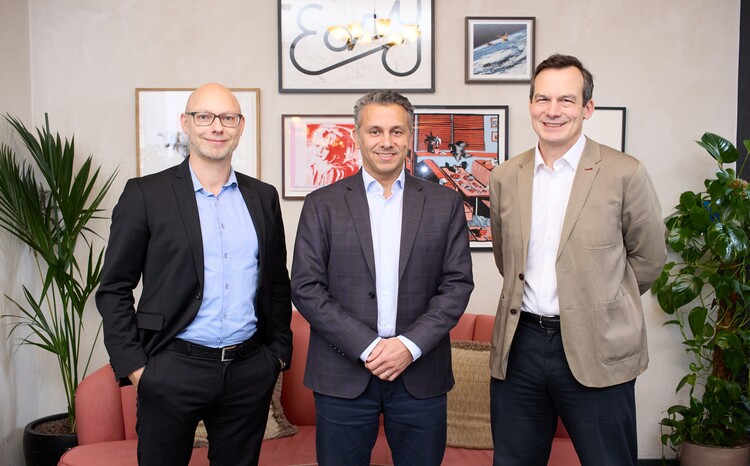NICE recommends two technologies for tics and Tourette syndrome
- 19 November 2024

- NICE has recommend two technologies that could reduce the severity of the symptoms of chronic tic disorders and Tourette syndrome
- Draft guidance recommends the use of Online Remote Behavioural Intervention for Tics (ORBIT) and Neupulse
- A consultation on the draft recommendations has begun and comments can be submitted until 17 December 2024
Two technologies that could reduce the severity of the symptoms of chronic tic disorders and Tourette syndrome have been recommended in by the National Institute for Health and Care Excellence (NICE).
The technologies, Online Remote Behavioural Intervention for Tics (ORBIT) and Neupulse were recommended in draft guidance, published by NICE on 19 November 2024.
Tics are fast, repetitive muscle movements that result in difficult to control body movements or sounds. When both motor and vocal tics are present for more than one year, this is commonly known as Tourette syndrome.
It is the first time a NICE committee has recommended digital therapies for these conditions, which developers believe could also improve the user’s ability to go about their everyday life.
Mark Chapman, director of healthtech at NICE, said: “Our committee heard that diagnosis, treatment and support for people with chronic tic disorders and Tourette syndrome can be variable depending on which part of the country they live in.
“For many it can take several months to receive a diagnosis, and our patient survey has highlighted that treatment options can be limited.
“Our committee’s recommendation of these two technologies could increase treatment options and could allow more convenient treatment for people wherever they live, be that urban or rural given the inconsistency in access.”
ORBIT is accessed via a web browser and is an online guided self-help intervention which uses videos, animations and interactive scripts to help children and young people aged nine to 17 years.
It is supported by an online therapist across a 10-week programme to deliver a form of behavioural therapy called an exposure with response-prevention intervention, which involves practicing confronting the thoughts, images, objects, and situations that makes a person anxious and provokes their tic.
Neupulse is a wearable wrist-worn device linked to a mobile phone app, used to treat those over the age of 12.
The device delivers low-intensity electrical pulses to the median nerve to reduce tic frequency and severity. Users are supported by written and video-based guidance and a technical support helpline.
Each technology would only be offered after clinical assessment with a GP. The first line treatment option will remain as psychoeducation, which combines the elements of cognitive-behaviour therapy and education, before one of the two technologies could be offered.
After the consultation, responses will be considered by the committee who may then alter their recommendations before final guidance is published on the NICE website.
A consultation on the draft recommendations has begun and comments can be submitted until 17 December 2024.
Meanwhile, a NICE announcement in September 2024, said that figures from its rapid assessments comparing digital technologies to face-to-face therapy, show that the use of recommended digital therapies for mental health conditions could free up thousands of NHS therapists’ hours.
However, Will Goddard, UK managing director at Big Health, which created the Sleepio app which delivers cognitive behavioural therapy for insomnia, said that the app is still unavailable to most NHS patients in England despite being recommended by NICE more than two years ago.





